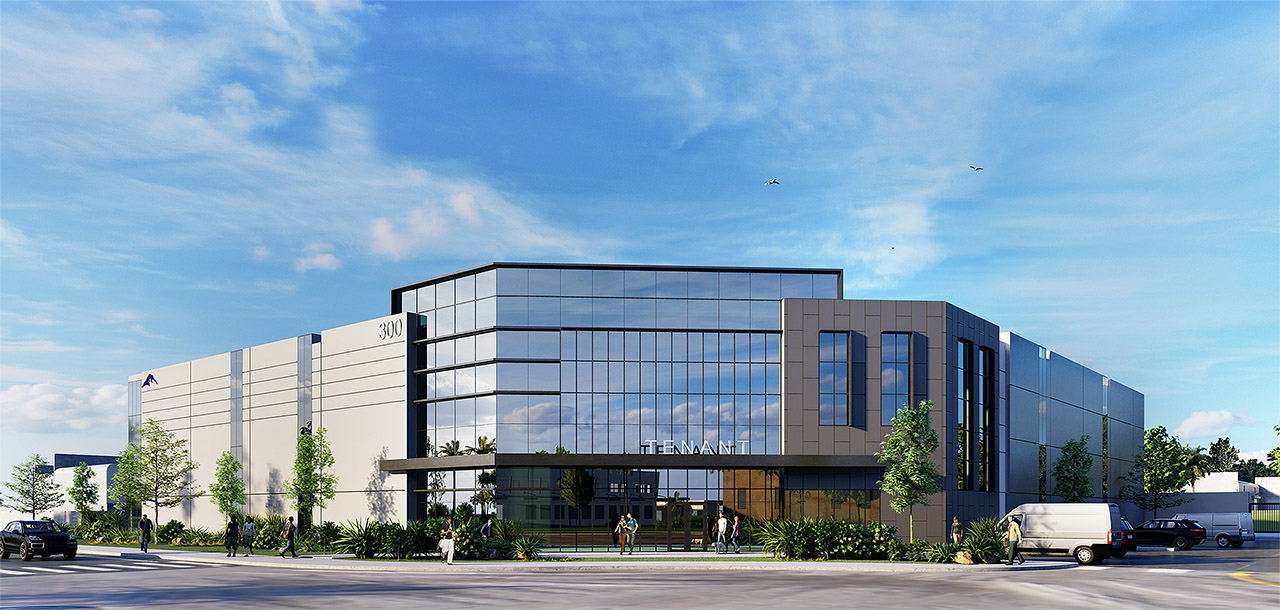The San Francisco Bay Area remains a key U.S. gateway industrial market on the West Coast. It has held a leading position for global innovation for decades and its industrial real estate markets remain among the nation’s top performing. Demand is coming from e-commerce, advanced manufacturing, EV’s, autonomous cars, life science and other tech-related sectors that are emerging.
A sound investment thesis is one anchored on the development of best-in-class industrial product in infill locations because of the superior risk-adjusted returns these investments can deliver. Inherently, there is a supply demand imbalance that exists in the Bay Area due to the high barriers to entry, dense population base, and geographic constraints, just to name just a few.
That imbalance is especially pronounced for infill sites in the East Bay because the lack of developable land. Since there is a finite supply of industrial-zoned real estate, the addition of advanced manufacturing and e-commerce users to the base of traditional users such as 3PLs, logistics companies, and other tenants only works to further bolster the long-term supply demand imbalance.
A significant amount of the industrial stock in the East Bay is functionally obsolete. Tenants are willing to pay for higher functionality including power, truck courts, and clear height because these attributes are necessary to efficiently run their businesses. Moreover, we are seeing higher and better uses continuing to evolve in these markets. That translates to unquantified upside as users convert space from traditional industrial to life sciences, for example. Real estate costs are a very low percentage of a company’s overall operating costs, particularly for high value add industries located in the Bay Area.
The East Bay’s central location within the greater Bay Area’s nine counties provides efficient access to two critical major metros, San Francisco and San Jose, offers relative affordability, a lower cost of living and provides access to a massive consumer base. The Port of Oakland in the East Bay remains a key distribution point for the entire region, as well as the West Coast.
A primary reason we find the Bay Area appealing is the barriers-to-entry. The region is nearly fully built out, entitlements are difficult to secure and there are geographic constraints that surround the region including the ocean, the bay, and the mountains. The scarcity and difficulty are critical factors of this investment thesis. These factors create an opportunity to achieve outsized rent growth in the Bay Area since there isn’t an endless supply of new product being delivered.
As investors, our investment strategy is based on holding assets for the long term. There are fewer and fewer parcels of Bay Area land for industrial development, which only heightens the scarcity factor. From our viewpoint when you look five, 10, 15, or even 20 years down the road, we believe that the Bay Area will continue to be a place where investment in industrial real estate over the long term is a sound decision and achieves higher risk adjusted returns on a relative basis.
The need to efficiently serve a population base of nearly eight million residents makes the Bay Area industrial market a compelling investment option. It underpins our investment thesis and continues to drive us to grow our industrial portfolio in the region.
